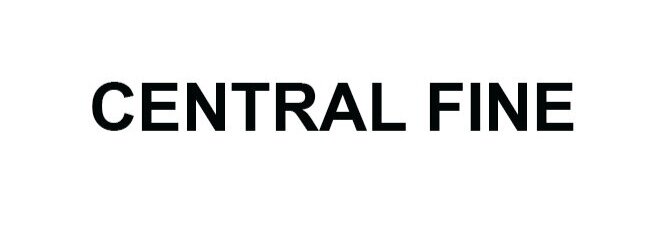KYLE THURMAN. LIKE CRAZY NATURE
October 7- November 20, 2018
Opening Reception October 7th, From 6-9PM
A line (which can be any line—political, emotional, poetic, diagrammatic, or drawn) initiates these works. This line, steps onto and travels across colored seamless paper (typically used for commercial photo shoots). It punctuates a uniform color field in charcoal, marker, oil pastel and pencil. These marks poke, animate and charge the landscape at once, but also incrementally build static tension. The encounter is electric. Color on color engage in charged confrontation, like two magnets that repel each other’s likeness and are forced to share the same space. Some moments, however, suggest a kind of attraction, a softness rubbed on by a slight chance of embrace. Like Crazy Nature presents a gripping exchange between the line and its landscape, the drawn figure and its context.
The background field seems to reach out and restrain, even repress, the sinuous line that travels onto it—capturing it in the act. Rather than retreat and push the drawings forward, rather than support the bodies that live on it (or are held in it) as a backdrop that has truly dropped back, this ‘background’ color field reaches out to clasp the hand of that which lies in the foreground. Rather than harmoniously communing and merging with the depicted bodies or actions, leftover traces and transparencies of the readymade paper establish varying degrees of relationships with and between the drawn components…
This readymade ground does not merely manifests itself as an oppressive force. The drawings softly vibrate against the readymade background (which oddly does not swallow them up). Maybe the drawings are representations of a libido caught in the act of sleeping, fighting, running and captured by an autistic Eros.
In Thurman’s works we encounter Suggested Occupations[1] that possess or entrance the figures represented. Bodies, caught in the act of sleeping, fighting, running, could be an old acquittance. Thurman does not think of these drawings as self-portraits per se, but rather as embodiments of labor, sleep, rest, conflict, celebration, etc. All suggest a functional symbolism or a poetic and lucid blindness. The wandering line that begins these works is soon loaded with an accumulation of tensions, a sum of associated politics, as the artist takes it deeper into conversation. The figures linger and push themselves into something that remains reluctant to be registered, fully engaging with the thing[2].
The title of the show, Like Crazy Nature, could be read as three words chained into a Borromean movement. The gaps between words, portraiture, audience, emotion, speculation and failure converge, and we can see the Real escaping the confines of sense. It is in this space that the Real can act as a shifting semblance, were bodies fight, celebrate or sleep. The artist gazes at the paper or the sourced photograph from which he draws and builds layers. This space, where speech, memory, and fiction coexist on a plane, confronts us when we encounter the works. What we face, ultimately, is a form of active suspension.
Anger, fear, guilt/shame, envy/jealousy, and misfortune are a set of smaller works that act as punctuations. They occupy their own space standing as groups of directives depicted in moody yet vibrant colors. Like mirrors, they reflect past, present and future beings.
Diego Singh and Zelmira Rizo-Patrón, Miami Beach, 2019
Kyle Thurman (b. 1986, West Chester, PA) currently lives and works in New York. He studied film and fine arts at Columbia University and furthered his studies as a guest student at the Kunstakademie Dusseldorf with Christopher Williams. Thurman later earned his MFA in painting at Bard College. Thurman has held exhibitions at Off Vendome, New York and Dusseldorf; Office Baroque, Brussels; the Museum of Contemporary Art, Tucson, Arizona; and Galería Marta Cervera, Madrid; among others. His work is part of the permanent collection at the Whitney Museum of American Art, New York. Thurman will participate in the 2019 Whitney Biennial.
1 Suggested Occupations here refers to jobs suggested to Thurman at some point. These occupations can be read not only under the lens of labor, but also, as something that occupies and possesses the subject.
2 (Das Ding, Die Sache, La Chose), “the thing is characterized by the fact that it is impossible for us to imagine.” Das Ding, the thing, la chose, is, that which cannot be explained. Lacan, Jacques, The seminar Book VII The Ethics of Psychoanalysis, 1959-60. trans. Dennis Porter. London: Routledge, 1992. p. 125















